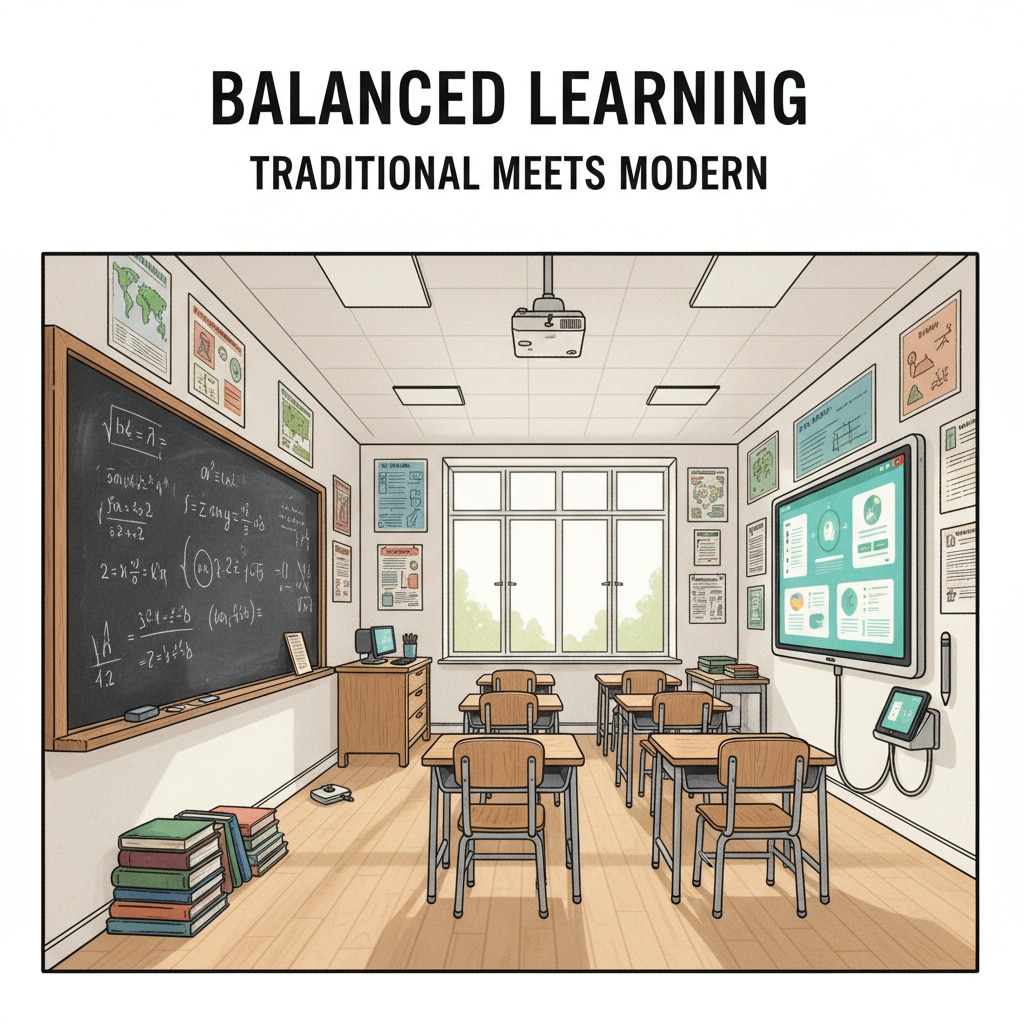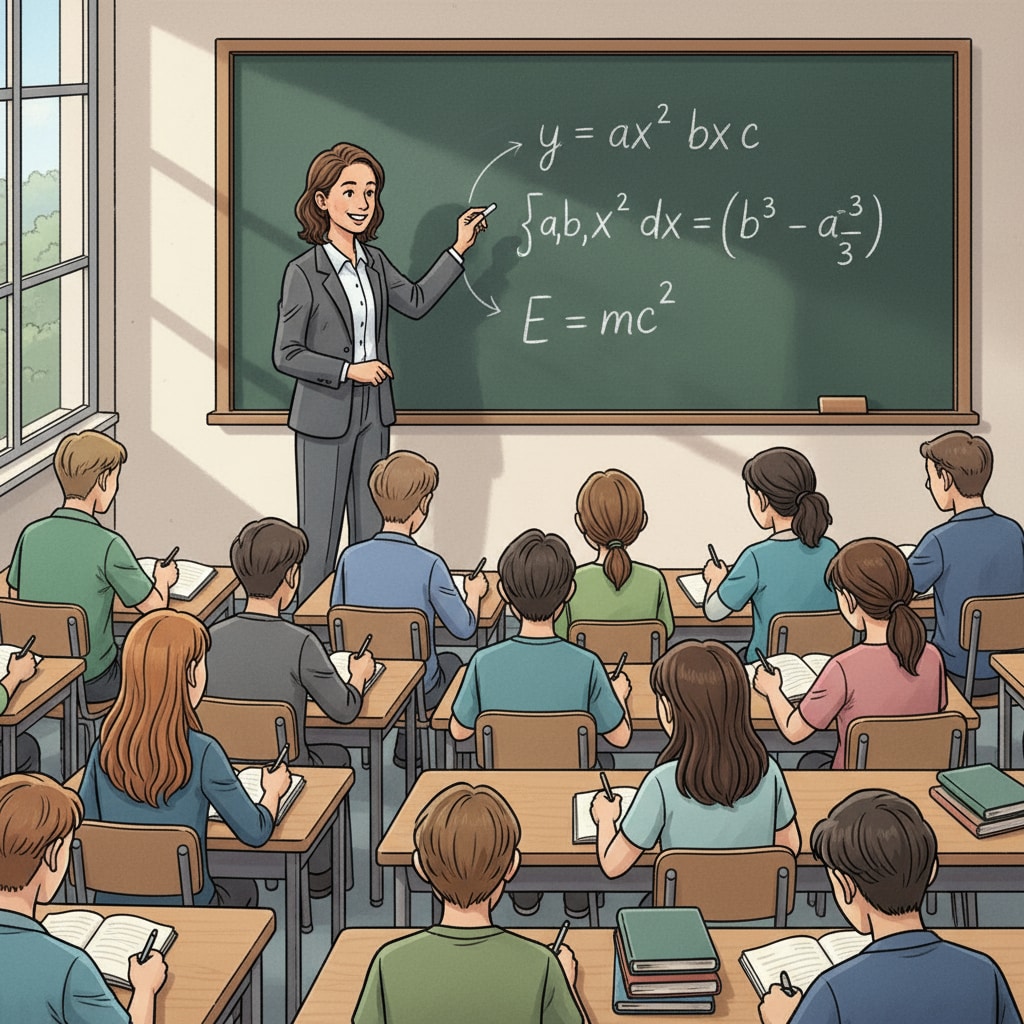In the realm of education, the landscape is constantly evolving, especially when it comes to teaching methods, technology, and traditional tools. Educators today are at a crossroads, trying to determine the most effective way to blend the old with the new. This balance is not only about using the right tools but also about creating an environment where students can thrive. Let’s explore how to achieve this balance in the K12 classroom.

The Allure of Traditional Teaching Tools
Traditional teaching tools, such as blackboards and chalk, have been staples in classrooms for generations. They offer a tangible and immediate way for teachers to convey information. For example, writing on a blackboard allows teachers to demonstrate thought processes step by step, which can be highly beneficial for students’ understanding. According to Britannica, the simplicity of these tools can sometimes lead to a more focused learning experience. Students can easily follow along and take notes, and the physical act of writing on the board can enhance teacher-student interaction.

The Power of Modern Educational Technology
On the other hand, modern educational technology has revolutionized the way we teach. Interactive whiteboards, educational software, and online resources provide a wealth of opportunities. Interactive whiteboards, for instance, allow teachers to display multimedia content, such as videos and animations. This can make lessons more engaging and accessible, as students can visualize complex concepts more easily. As stated on Wikipedia’s page on educational technology, technology also enables personalized learning experiences, catering to the diverse needs of students.
Moreover, online resources can offer up-to-date information and a variety of perspectives. Students can explore topics in greater depth, and teachers can assign tasks that involve researching and analyzing online materials. This not only broadens students’ knowledge but also helps them develop important digital skills.
Finding the Right Balance
So, how can educators find the right balance between traditional and modern teaching tools? It’s essential to consider the learning objectives of each lesson. For some topics, a traditional approach might be more effective. For example, when teaching basic arithmetic or grammar, using a blackboard to work through problems step by step can be very clear. However, when introducing scientific concepts or historical events, incorporating multimedia elements through modern technology can bring the subject to life.
In addition, the age and learning styles of students should be taken into account. Younger students might benefit more from hands-on, tactile experiences provided by traditional tools, while older students can often handle more complex digital resources. Teachers can also use a combination of both methods in a single lesson. Start with a traditional explanation on the blackboard and then use an interactive whiteboard to show real-world examples or conduct an online quiz.
Readability guidance: As we’ve seen, both traditional teaching tools and modern educational technology have their unique advantages. By carefully considering the learning needs of students and the nature of the content, educators can create a harmonious blend of the two. This balance will not only enhance the learning experience but also prepare students for a world that values both traditional skills and technological proficiency.


